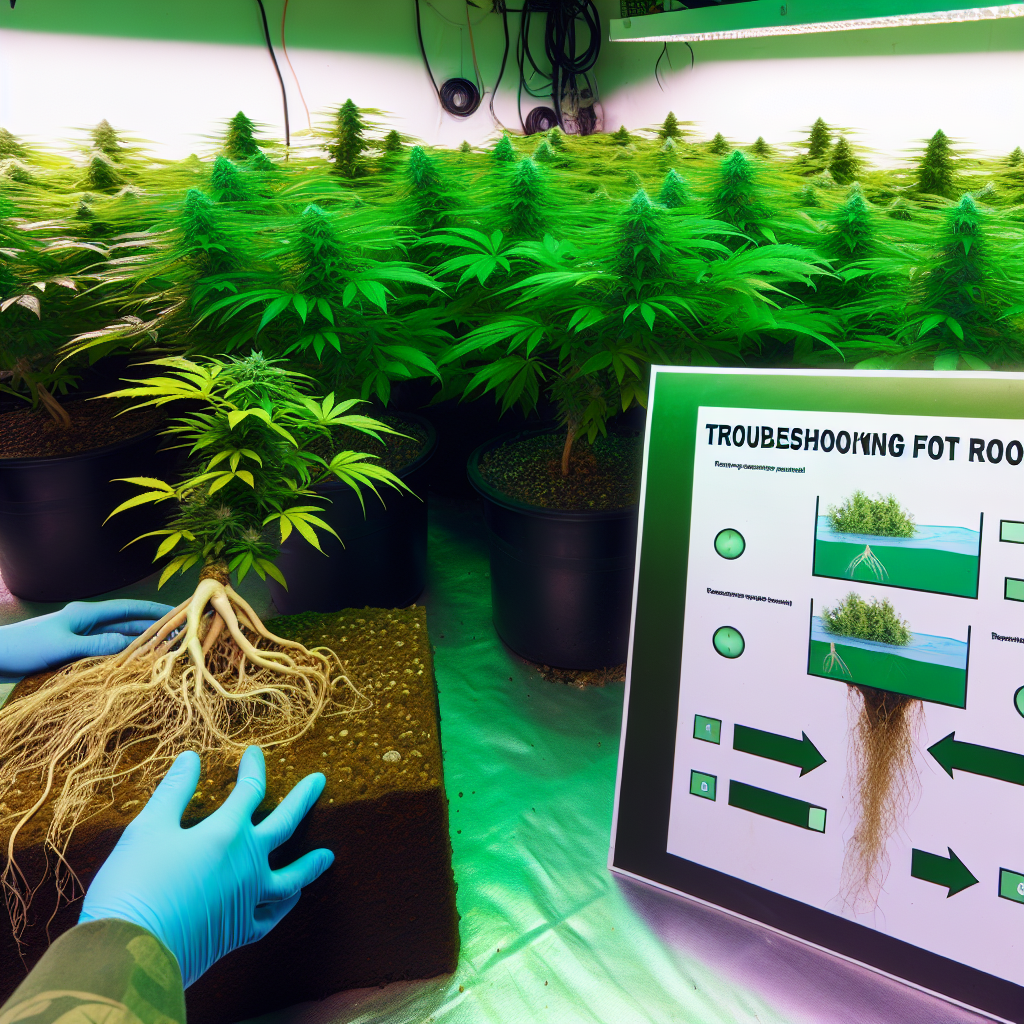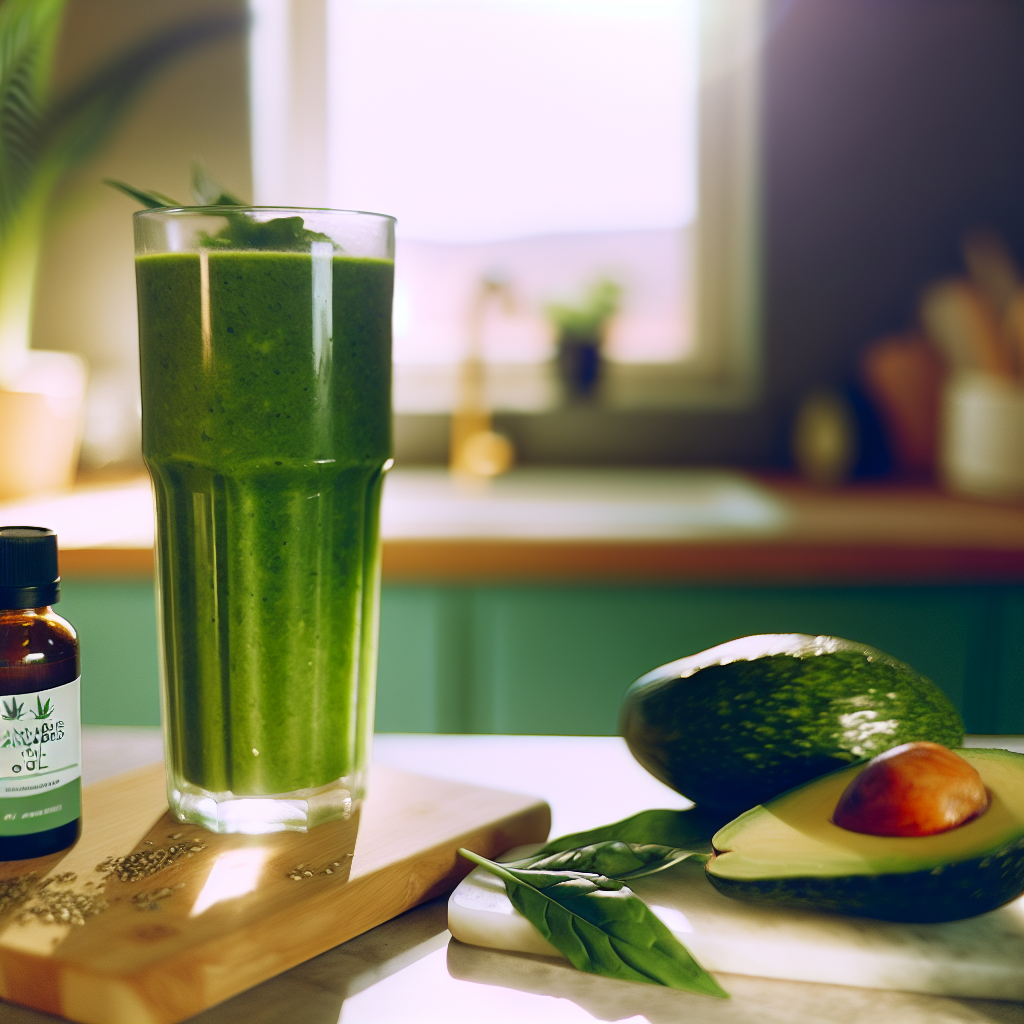Cannabis Root Rot Recovery: Hydroponics Troubleshooting Protocol
In the world of cannabis cultivation, hydroponics continues to revolutionize how growers approach plant care, enabling more control over nutrient delivery, water quality, and environmental conditions. However, this high level of control is a double-edged sword. When things go wrong, especially below the surface, the consequences can be swift and devastating. One such issue, often underestimated yet highly destructive, is root rot.
Understanding the Science: What Causes Root Rot in Hydroponic Cannabis?
Root rot in hydroponics is not just a matter of poor user practice—it’s a condition clearly backed by botanical science and plant pathology research. The most common cause of cannabis root rot in hydroponic systems is the Pythium genus, a water mold classified under oomycetes. Pythium species are notorious pathogens in soilless cultivation and are studied widely due to their prevalence and destruction in hydroponic crops.
Hydroponically grown cannabis is especially susceptible to root rot due to the oxygen-limited liquid environment. Maintaining a dissolved oxygen (DO) level of at least 5–8 mg/L is essential for aerobic microbial activity and healthy root respiration.
Biocontrol and High-Tech Solutions: The Future of Root Rot Management
Recent developments in biologically-based solutions are showing promise. Beneficial microbes like Trichoderma harzianum and Bacillus subtilis can outcompete harmful organisms, produce antimicrobial compounds, and induce systemic resistance in host plants.
Hydrogen peroxide treatments and UV sterilization of reservoir water have also been supported as effective control measures. When used correctly, they help suppress the pathogen load without compromising nutrient availability or beneficial microbial populations.
Environmental Control: The First Line of Defense Against Root Rot
Maintaining root zone temperatures below 70°F, ensuring proper airflow, and using root zone imaging technologies (like endoscopic cameras or near-infrared mapping) can pinpoint infections early, aiding in more effective recovery. Aeration systems including air stones, venturi injectors, and water chillers should be employed regularly to maintain both temperature and oxygen balance.
Recovery Protocol: Step-by-Step Guide to Save Your Cannabis Crop
1. Identify Symptoms Early: Wilting, discoloration, and mushy roots signal immediate trouble.
2. Isolate Infected Plants: Prevent pathogen spread by removing affected containers or reservoirs from the main system.
3. Flush & Disinfect: Use diluted hydrogen peroxide or commercial hydro-safe disinfectants to treat reservoirs, pipes, and root zones.
4. Improve Aeration and Temperature Control: Ensure DO levels are 5–8 mg/L and root temps remain below 70°F (21°C).
5. Apply Biocontrol Agents: Inoculate with beneficial microbes like Trichoderma and Bacillus subtilis as part of your IPM (Integrated Pest Management).
6. Trim Affected Roots: Carefully prune dead or dying root tissue with sterilized shears to prevent further degradation.
7. Rebalance Nutrients: Avoid overfeeding; use balanced formulas with enhanced micronutrient support (e.g., silica, vitamin B complex).
Building Immunity: Long-Term Prevention Strategies for Growers
– Implement regular reservoir cleaning and sterilization protocols
– Use water chillers in summer or in hot climates
– Maintain strong microbial diversity using probiotics or compost teas suited for hydroponics
– Ensure system redundancy (backups for pumps, chillers, and aeration systems)
– Install real-time monitoring sensors to send alerts for DO, temp, and pH changes
– Opt for disease-resistant cannabis strains when possible
Conclusion: Root Rot Doesn’t Have to Mean Crop Loss
Cannabis root rot is a serious threat, especially in hydroponic systems where pathogens thrive in warm, moist, oxygen-deprived conditions. However, with the right knowledge, swift intervention, and a proactive prevention protocol, growers can recover their plants and protect future crops. By combining scientific insights with practical approaches—from beneficial microbes to environmental monitoring—hydroponic cultivators can transform root rot from a death sentence into a manageable challenge.
Concise Summary:
Root rot is a common and destructive issue in hydroponic cannabis cultivation, caused by pathogens like Pythium that thrive in stagnant, oxygen-deprived conditions. This article provides a comprehensive guide to understanding the science behind root rot, implementing effective recovery protocols, and building long-term prevention strategies to protect cannabis crops in hydroponic systems.
References:
Plant Pathology: “Pythium aphanidermatum as a pathogen of hydroponically grown crops”
International Journal of Agriculture Innovations and Research: “Dissolved Oxygen and its Role in Hydroponic Plant Health”
Frontiers in Microbiology: “Biocontrol agents as sustainable solutions against root rot pathogens in hydroponic systems”
Maximum Yield: “How to Detect and Treat Root Rot in Hydroponics”
Royal Queen Seeds Blog: “Root Rot and How to Control It in Cannabis”
Emerald Growers Journal: “Cannabis Hydropathy and Pathogen Management”




